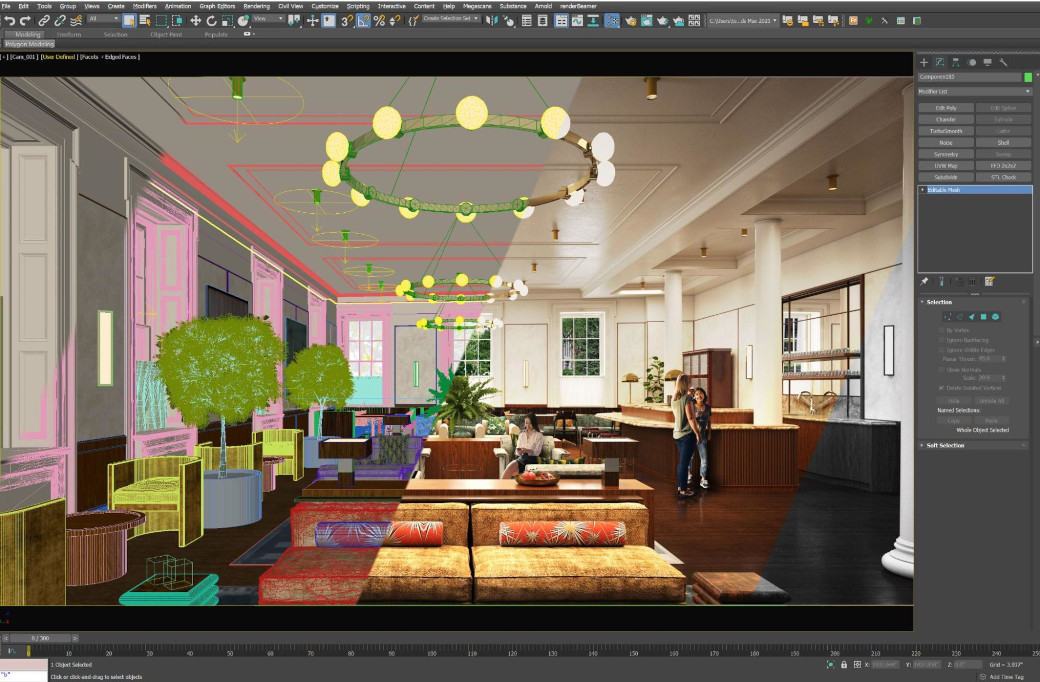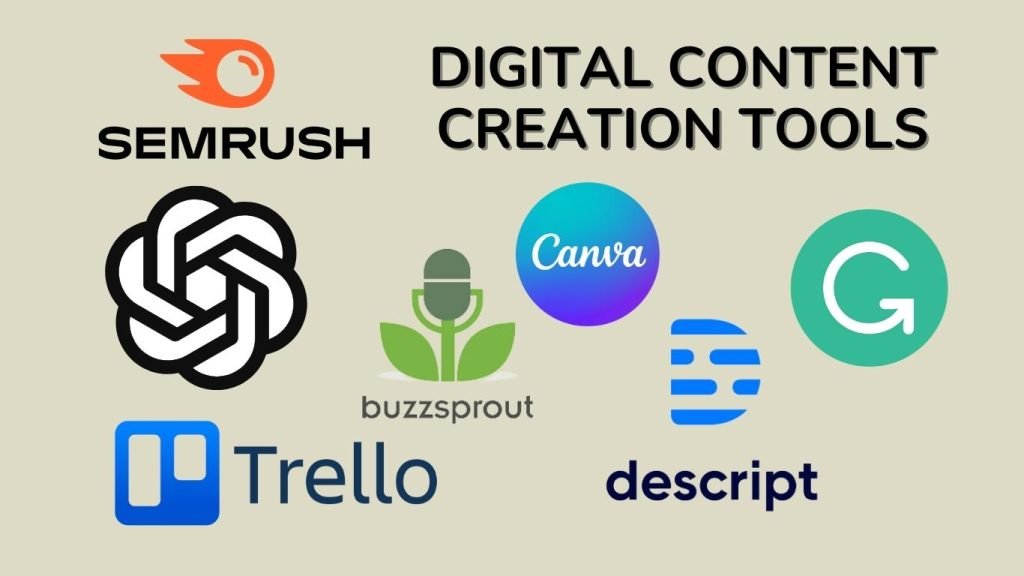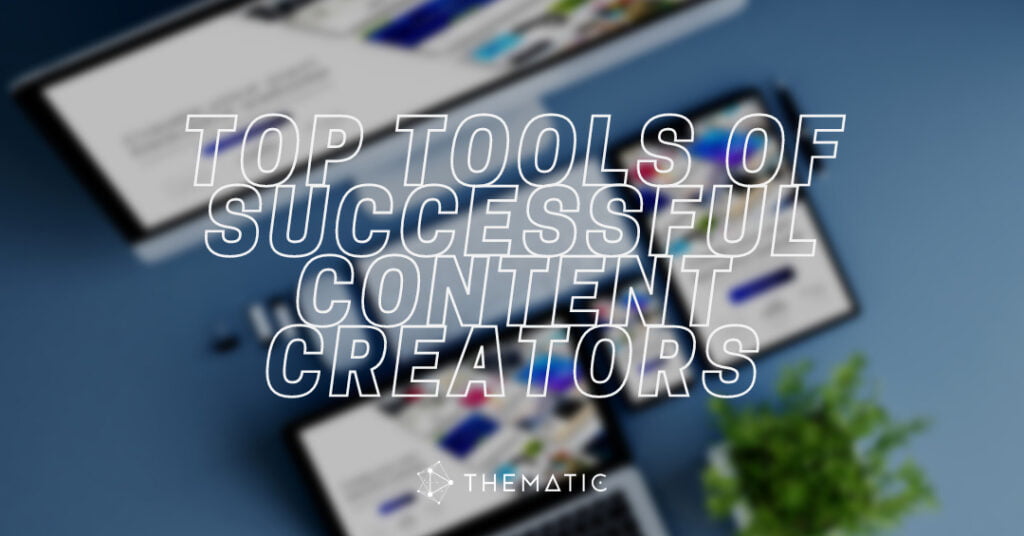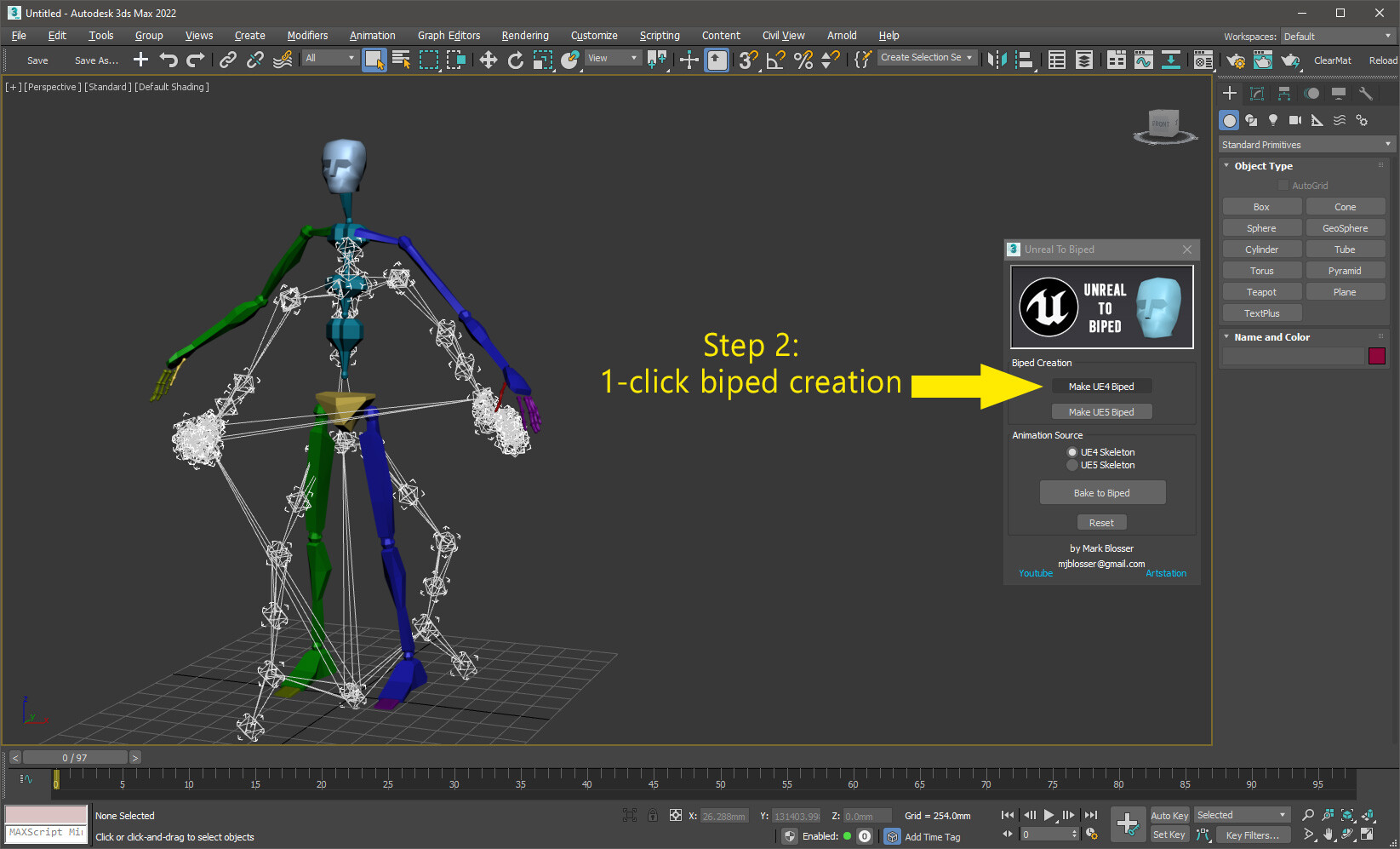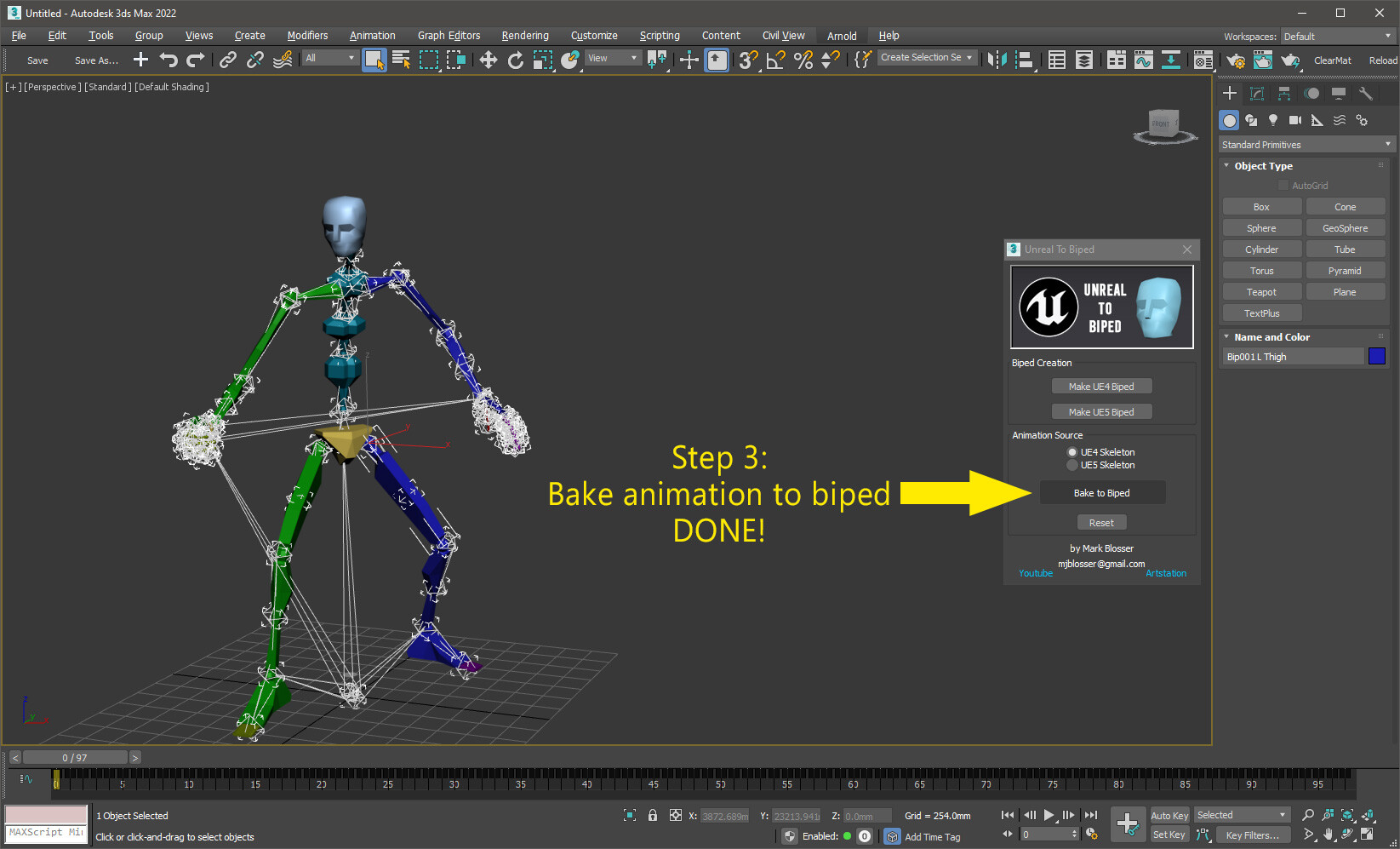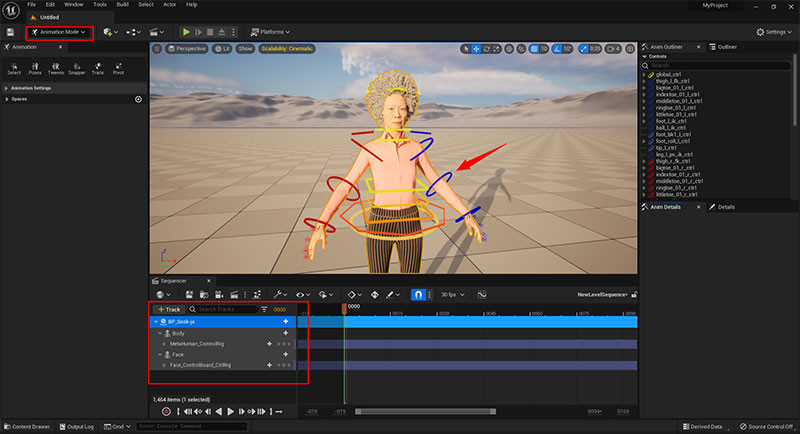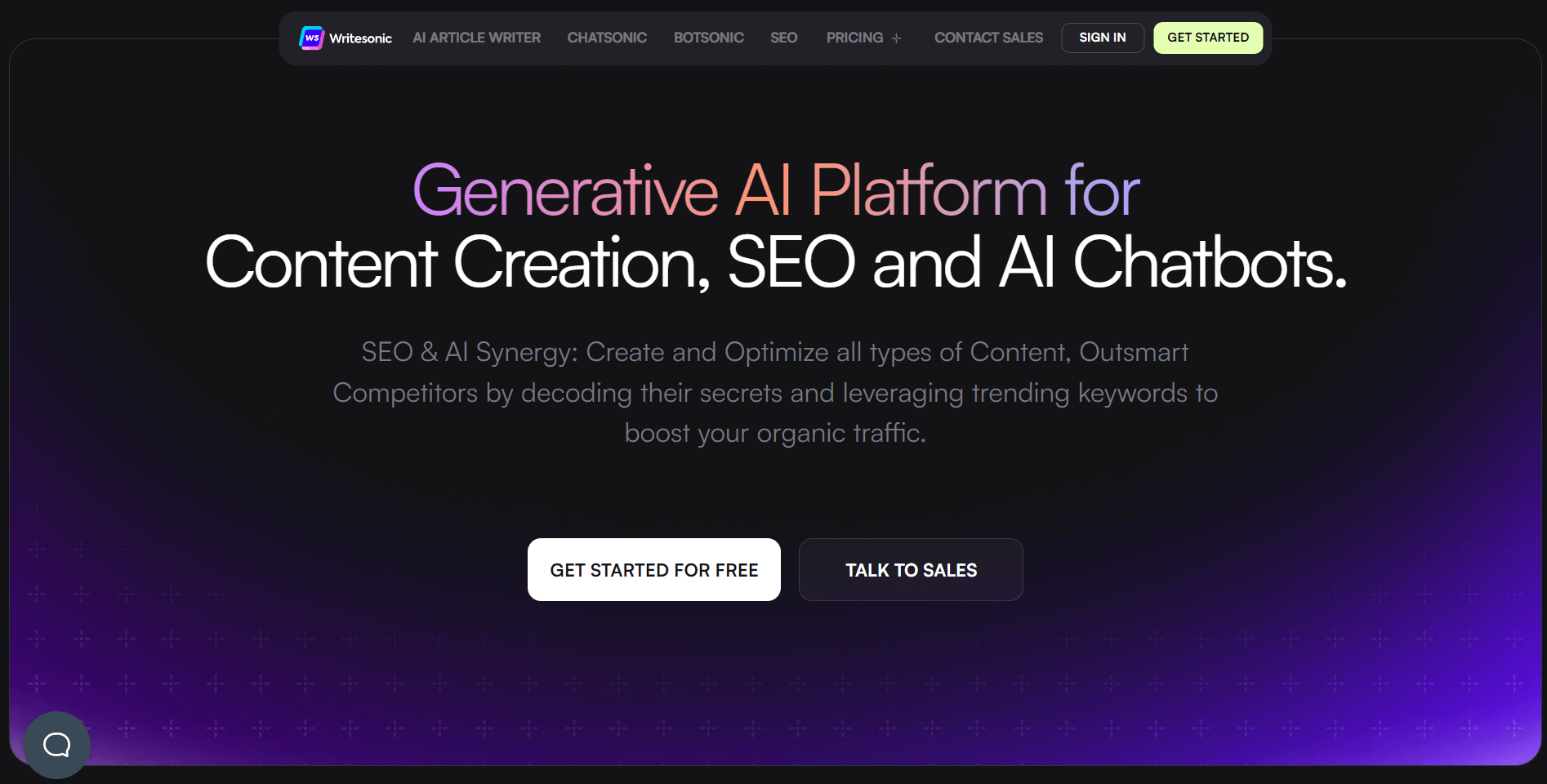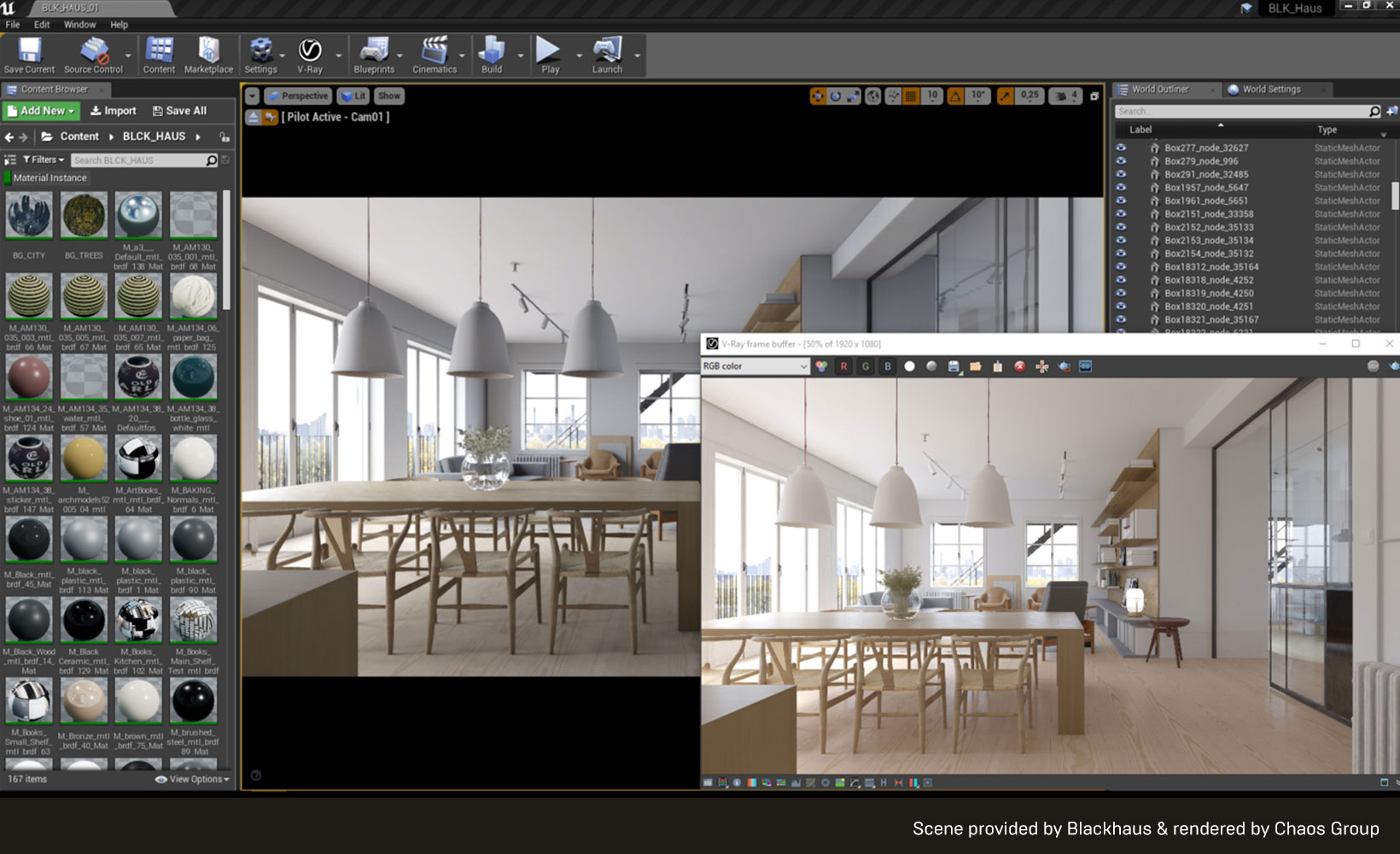Competitive Of Digital Content Creation Tools Unreal Blender 3dsmax

Imagine a virtual canvas, stretching infinitely in all directions. On it, artists aren't limited by physical tools but wield lines of code and intricate interfaces. They sculpt landscapes more breathtaking than reality, design characters brimming with life, and construct worlds that defy imagination. This isn’t science fiction; it’s the everyday reality of digital content creation, a field fueled by powerful software locked in a perpetual dance of innovation and competition.
At the heart of this creative revolution lie three titans: Unreal Engine, Blender, and 3ds Max. Each offers a unique approach to bringing digital visions to life, catering to different needs and artistic styles. Understanding their strengths, weaknesses, and the evolving landscape they inhabit is crucial for anyone venturing into the world of digital art, game development, or visual effects.
A Triad of Titans
The digital content creation arena is dominated by these three giants, each with a distinct history and philosophy. They represent different entry points and pathways for artists and designers.
Unreal Engine: The Real-Time Revolution
Originally conceived as a game engine, Unreal Engine has evolved into a versatile platform for creating not just games but also architectural visualizations, film pre-visualizations, and even entire virtual productions. Its real-time rendering capabilities are a major draw.
This means artists can see changes almost instantly, drastically accelerating the creative process. Epic Games, the developer behind Unreal Engine, has invested heavily in making the engine accessible, offering free online learning resources and a royalty-based pricing model for most users.
Unreal Engine's node-based visual scripting system, Blueprint, allows users to create interactive experiences without writing a single line of code. This democratizes game development and empowers artists with limited programming experience.
Blender: The Open-Source Champion
Blender stands out as the only fully open-source option among the three. Its development is driven by a global community of artists and developers, making it a perpetually evolving and remarkably versatile tool.
Initially known for its steep learning curve, Blender has undergone significant interface improvements in recent years, making it more user-friendly and accessible to newcomers. The Blender Foundation’s commitment to open standards and community-driven development has fostered a strong sense of collaboration and innovation.
Its comprehensive feature set includes modeling, sculpting, animation, rendering, and even video editing, making it a complete package for many digital artists. Many independent creators and smaller studios gravitate towards Blender due to its cost-effectiveness and robust feature set.
3ds Max: The Industry Standard
3ds Max, developed by Autodesk, has long been a mainstay in the film, television, and architectural visualization industries. Its powerful modeling tools and extensive plugin ecosystem make it a favored choice for creating high-quality, photorealistic visuals.
3ds Max offers a wide range of tools for creating complex and detailed models. It also excels in animation and rigging. Its tight integration with other Autodesk products, such as Maya and AutoCAD, further enhances its appeal for studios already invested in the Autodesk ecosystem.
While 3ds Max offers a subscription-based pricing model, its reputation for stability, reliability, and industry-standard workflows continues to attract professional artists and studios. The extensive support and training resources available for 3ds Max also contribute to its enduring popularity.
The Competitive Landscape
The competition between these three platforms is fierce. Each is constantly evolving to meet the demands of a rapidly changing industry. Unreal Engine's real-time capabilities are pushing the boundaries of interactive experiences, while Blender's open-source nature fosters innovation and accessibility.
3ds Max continues to evolve to meet the needs of VFX professionals and architectural visualization specialists. According to a 2023 report by the Animation Career Review, these tools are the most widely used in the industry for high quality work.
One of the biggest battlegrounds is the ease of use. All platforms recognize that a steeper learning curve can be a barrier to entry. Blender has made significant strides in improving its interface. Unreal Engine's Blueprint system simplifies game logic for non-programmers.
Epic Games is constantly improving Unreal Engine. In the words of Tim Sweeney, CEO of Epic Games, at the 2023 State of Unreal event, the goal is to "democratize access to high-quality content creation."
Autodesk continues to invest in making 3ds Max and other offerings as integrated as possible.
Community support plays a critical role in the success of these platforms. Blender boasts a passionate and active community that provides extensive tutorials, resources, and plugins. Unreal Engine has a growing community fueled by Epic Games' educational initiatives.
3ds Max, with its established presence in the industry, benefits from a wealth of professional training and support resources.
The Future of Digital Creation
The future of digital content creation promises even more immersive and interactive experiences. Real-time rendering, artificial intelligence, and cloud-based workflows are poised to transform the industry.
AI is already playing a role in tasks such as generating textures and optimizing models, freeing up artists to focus on more creative aspects. Cloud computing enables collaborative workflows and access to powerful computing resources, regardless of location.
As technology advances, the lines between these platforms may blur even further. Unreal Engine might incorporate more advanced modeling tools, while Blender could continue to refine its real-time rendering capabilities. 3ds Max will likely continue to focus on delivering the industry's cutting edge modelling for VFX.
Choosing the Right Tool
Ultimately, the best tool depends on the individual artist's needs and preferences. Unreal Engine is an excellent choice for those interested in game development or real-time visualization. Blender provides a comprehensive and free solution for a wide range of creative tasks.
3ds Max remains a powerful and reliable option for professional artists working in film, television, or architectural visualization. Experimentation is key, and many artists find themselves using a combination of these tools to achieve their creative goals.
No matter which path an artist chooses, the world of digital content creation offers endless possibilities for innovation and expression. The ongoing competition between Unreal Engine, Blender, and 3ds Max ensures that these tools will continue to evolve, empowering artists to create even more breathtaking and immersive experiences in the years to come.


